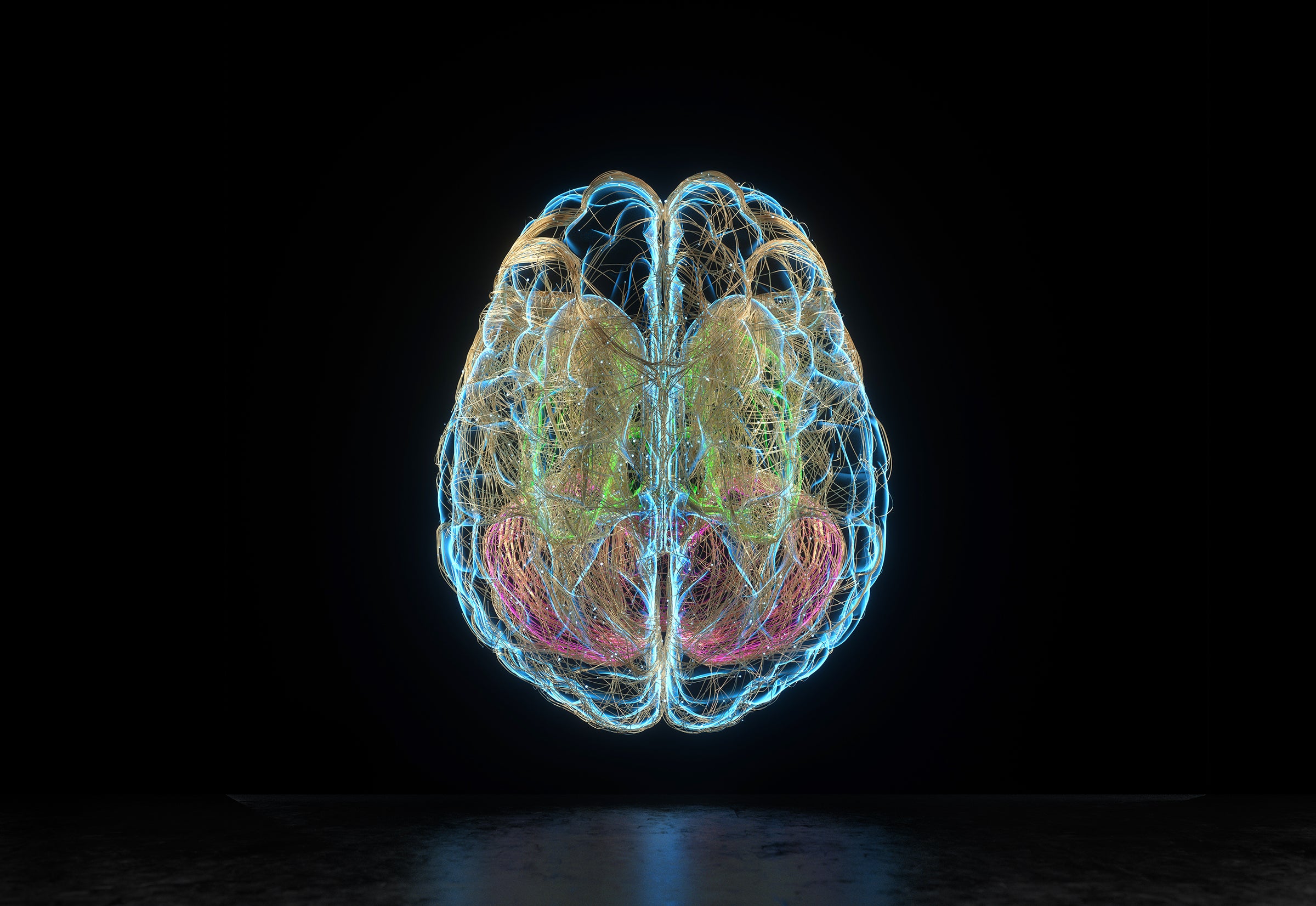
Anyone who has tried to learn a new language as an adult knows how hard it can be. And usually the ability to comprehend someone else comes before the capacity for speaking the new tongue.
“When you’re listening, you can kind of gloss over the details. So, you may not need to understand every single syllable, every single word perfectly.”
Cognitive neuroscientist Kshipra Gurunandan, of the Basque Center on Cognition, Brain and Language. But actually speaking a new language fluently takes much more work.
“Adults are not quite able to reproduce or really hear foreign sounds.”
Gurunandan suspected that, as we learn, the relative ease of comprehension might be explained by changes in the area of the brain that processes language. It’s been known since the 1800s that, for most people, the left hemisphere of the brain is essential for language.
“However, in more recent times, we’ve started to realize that it’s not quite that simple.”
For example, when people suffer brain injuries to the left hemisphere, the right hemisphere can take over language tasks. That flexibility suggests that language is not the exclusive domain of the left hemisphere.
To find out if the two sides of the brain process comprehension and speech differently during language learning, Gurunandan and her team scanned the brains of Spanish-speaking volunteers who were learning either Basque or English.
“They performed language tasks in the scanner involving reading, listening, and speaking in their native and their new language. And then we looked at whether activation in the language regions was greater in the left hemisphere or the right hemisphere for each of the languages in each task.”
The researchers found that speaking primarily activated language regions in the left side of the brain no matter how advanced the language learner was. But reading and listening comprehension were much more variable.
“In the earliest stages of language learning the native and new languages tended to activate the same hemisphere, while in the more advanced learners they activated different hemispheres. And the switch from the same to the opposite hemispheres was largest in reading, it was slightly smaller in listening and it was non-existent in speaking.”
The researchers reason that speech may be more constrained to the left hemisphere because it contains specialized circuits dedicated to the motor control of speech production.
“While in comprehension, you have the auditory system and the visual system, which are more bilateral—and it’s possible that is why comprehension is more bilateral in the brain.”
The study is in the Journal of Neuroscience. [Kshipra Gurunandan, et al. Converging evidence for differential specialisation and plasticity of language systems]
Learning a new language will always be challenging, but Gurunandan says you shouldn’t let that stop you.
“Language learning is a hard skill. It’s hard for everybody. But it’s not because of your brain plasticity. You can learn words, you can learn grammar rules, your language learning capacity is just fine.”
As long as you maintain your joie de vivre.
—Susanne Bard
(The above text is a transcript of this podcast)



